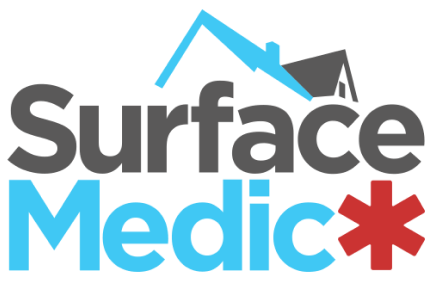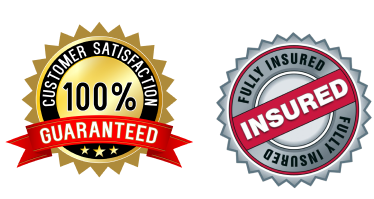How to Go About House Washing
Whether you’re planning to put your house on the market or just want it to look cleaner and more welcoming, washing your home is something that every homeowner must do at some point. But how do you go about it?
The key is soft washing, which uses low pressure and Sodium Hypochlorite to clean the surfaces of your home. Read on to learn more!
Preparation
As a homeowner, you have many tasks to keep up with to protect your home. One of those is regular pressure washing. But, many homeowners lack the equipment, knowledge, or skills to properly perform this task themselves.
House washing is the process of removing mold, mildew, dirt, grime and sometimes rust from exterior surfaces with low to moderate water pressure combined with specialized detergents, algaecides, and surfactants. Pressure washing can be very effective on most surfaces but is not recommended for more delicate materials such as shingles on roofs, window and door seals, and painted surfaces.
Before you start, it is important to prepare your home for pressure washing. This includes moving objects out of the way that can get wet or sprayed with the pressure washer. This can include your lawn furniture, BBQ grill, bags of soil or charcoal, and any plants you have around the exterior of your home. These plants can be harmed or killed by the high water pressure of a professional power washer.
Equipment
Every exterior needs a good wash from time to time, and it’s especially important when it comes to a home. Pressure washing is an effective way to remove stubborn stains like mold, dirt & grime from the outside of a property. However, high-pressure washing can also damage surfaces if not done correctly.
To prevent damage, professional house washers use low-pressure washing techniques and specialized cleaning solutions. Sodium hypochlorite is the chemical of choice for most professionals who use soft washing to clean brick, stucco & other surfaces. Ladders are required for reaching higher areas, and tender plants or bushes must be covered before washing so they don’t get bleached or wet.
To boost efficiency and profits, limit the services you offer to only those that you’re best at. This will help you narrow down your equipment list, reduce upfront costs, and build up a reputation faster. Streamline your workflow with automation that makes it easy for clients to approve estimates, book appointments, and pay invoices.
Safety
If you’re not using the right equipment and cleaning solutions, a pressure washer can actually damage your home. You need to carefully regulate the pressure and nozzle size for different materials.
A common mistake is blasting the solution over areas that are open like doors, windows, and garages. This leaves them vulnerable to water and chemical runoff which will soak the carpet and can lead to wood rot around windows.
You need to know the surface material of your house as well so that you can choose the right algaecide detergent strength or mixture ratio. Brick, Hardie siding, stone, vinyl, and stucco are all different materials that will require a different mix of cleaners. In addition, you need to understand the chemistry of washing chemicals and the environmental impact of their use. It’s critical to hire a professional who has the training, skills, and experience to get this job done correctly! Otherwise, you may end up with costly damage that is easily avoidable.
Cleanliness
House washing uses a gentle stream of water combined with specialized detergents and cleaning solutions to clean the exterior surfaces of your home. It is a safer alternative to pressure washing and is recommended for delicate surfaces such as wood, stucco, and painted surfaces that can be damaged by high-pressure water.
The climate and region in which your property is located can impact how often it should be washed. Humid regions require frequent cleaning to reduce the growth of mold and mildew, while dry areas may need more attention to dust and sand accumulations.
The type of surface being cleaned will determine the algaecide detergent strength or mix ratio needed to properly wash your home. Depending on the material (brick, Hardie siding, stone, vinyl, or Stucco) and if the surface is smooth or porous it will need a higher or lower mix ratio to avoid damage. The proximity of plants or flowers that can be affected by overspray also needs to be taken into consideration. Check this out!


